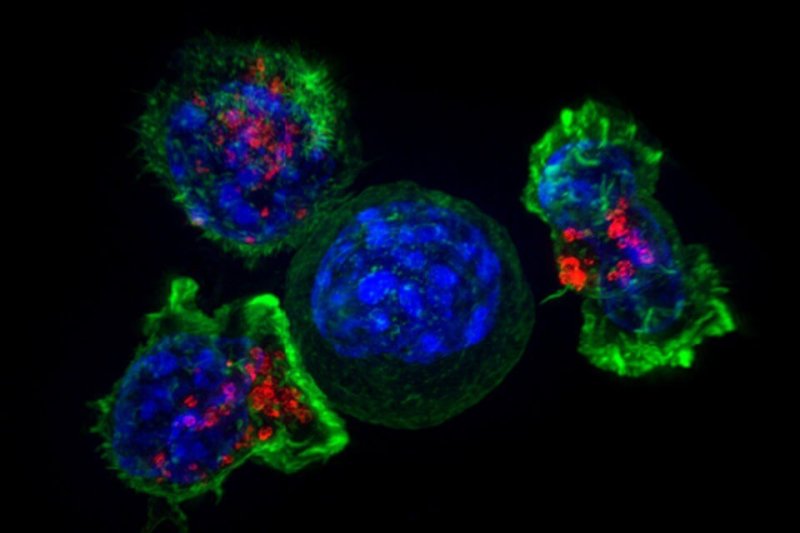The GLP aggregated and excerpted this blog/article to reflect the diversity of news, opinion and analysis.
Using the much-touted CRISPR/Cas9 gene editing method, scientists have demonstrated how they can edit HIV out of human immune cell DNA, and in doing so, can prevent the reinfection of unedited cells too.
Recently, scientists started using CRISPR/Cas9 to successfully treat a genetic disease – Duchenne muscular dystrophy – in living mammals for the first time, and now it’s showing real potential as a possible treatment for HIV in the future.
The technique works by guiding ‘scissor-like’ proteins to targeted sections of DNA within a cell, and then prompting them to alter or ‘edit’ them in some way. CRISPR refers to a specific repeating sequence of DNA extracted from a prokaryote – a single-celled organism such as bacteria – which pairs up with an RNA-guided enzyme called Cas9.
Using this technique, researchers from Temple University managed to eliminate HIV-1 DNA from T cell genomes in human lab cultures, and when these cells were later exposed to the virus, they were protected from reinfection.
Read full, original post: Scientists have removed HIV from human immune cells using a new gene-editing technique































